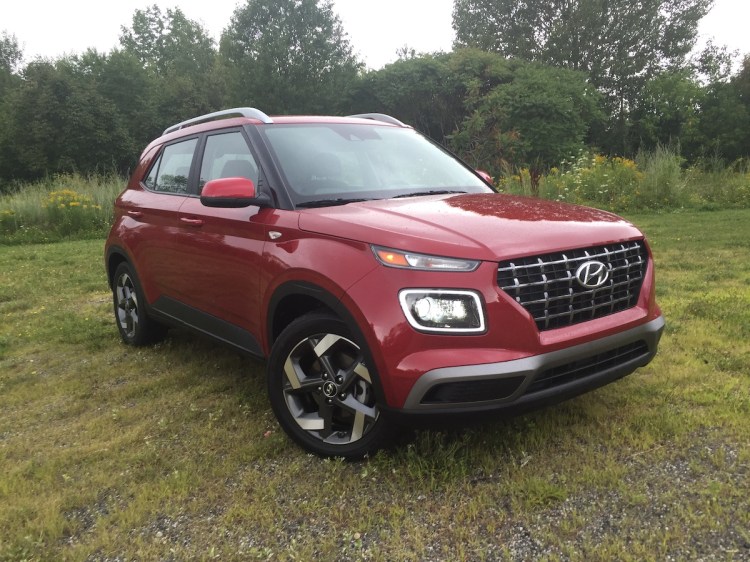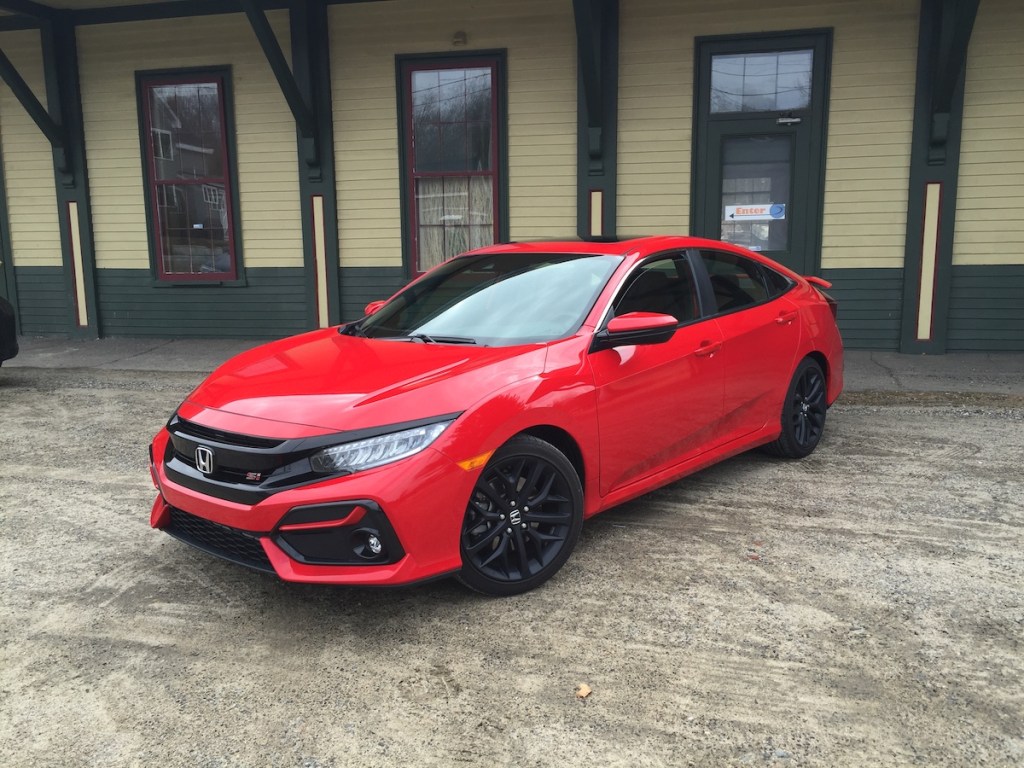After five, record-setting sales years in a row, where over 17 million vehicles were sold each year, 2020 will go down as noteworthy for many changes in the U.S. auto industry.
As the pandemic wrecked life across the globe, economic indicators in March of 2020 pointed to a deep recession. Yet, two months later the economy’s direction rebounded as new car and used car sales skyrocketed, and boat, RV and bicycle sales went through the roof. Consumers recognized the need to generate their own life experiences, outside, away from the masses.
Pickup truck and crossover/SUV sales eclipsed car sales at a previously unrecognized pace. By year end, trucks and SUVs accounted for over 80% of new vehicle sales, an utter rejection of cars as primary transportation devices as well as a complete reversal of industry trends as recent as 2013 when cars were 55% of new vehicle sales.
While overall American auto sales dropped from 17.1-million units in 2019 to 14.6-million last year, most automakers realized profitable income due to the truck-market escalation. Transaction prices during the fourth quarter last year averaged over $40,000 per sale, a steep jump from 2019’s $35,000 average transaction price and totally reflective of the truck/SUV segment, as luxury car sales were depressed.
The top ten selling brands remained constant: Ford, Toyota, Chevrolet, Honda, Nissan, Jeep, Ram, Hyundai, Subaru, and Kia. The top four brands account for almost half of the whole industry’s sales in America.
Ford’s F-series pickup is once again the top-selling vehicle, followed by Chevy’s Silverado, the Ram pickup, Toyota’s RAV4, Honda’s CR-V, Toyota’s Camry sedan, Chevy’s Equinox, Honda’s Civic, GMC’s Sierra pickup, and Toyota’s Corolla sedan in tenth place. While Ford has the top-selling nameplate, no other Fords enter the top-ten—which is the same for FCA’s Ram, yet GM has three vehicles here as does Toyota with the top-selling SUV in America plus the top-selling car.
Some big winners last year; the Hyundai Palisade and its sibling the Kia Telluride made big gains in the three-row crossover class, Jeep’s Gladiator pickup doubled its 2019 sales, Ford’s Explorer rebounded from a poor debut in 2019, Buick’s Encore GX filled the gap as the brand no longer sells any cars, Chevy’s Blazer enjoyed a 30% sales jump, Mazda’s CX-30 compact crossover became the brand’s number two selling vehicle, and Kia’s new Seltos crossover clawed marketshare away from rivals.
Losers were many, in a market that saw such large shifts in consumer interest. Nissan’s lineup took a beating across the board, with Altima, Sentra, and Rogue suffering immense sales drops; Mitsubishi lost over 1/3 of its sales volume, the same as Chevy’s Camaro as pony car sales slipped; Honda’s Accord lost 68,000 units, or the equivalent of the entire sales of Jaguar, Mini, and the Genesis brands—combined; and Toyota’s Prius took another giant slide backwards, losing 38% of its previous year’s volume.
Hybrid and electric-only vehicle sales were flat—less than 2% of the market, again. As manufacturers’ ramp up EV model offerings, and government fiat dictates increased EV sales, consumers have yet to embrace these vehicles. One side is running down the hall with their hair on fire in full support of the EV revolution, while some skeptics are starting to express their concerns about the financial instability surrounding the electric vehicle costs, infrastructure shortcomings, as well as the modest environmental gains that will be achieved using the current battery architecture.
Sales analysts are also expressing concern about the ever-escalating price of both new and used vehicles as consumer incomes lag far beyond the annual percentage changes. With data showing that the average age of the American driving fleet at 12-years old (and older in Maine), it will take decades to re-apportion our driving fleet to the projected EV levels forecast.
Pandemic production issues still persist with limited computer chip availability stalling assembly of many high-volume products. Some inventory levels are rising at dealerships, with optimists forecasting a better sales year in 2021.
Consumers will soon know how sales are progressing in early 2021. If February’s President’s Day Sales Events offer big discounts and incentives, automakers will be expressing their concern about maintaining recent sales momentum.
Send questions/comments to the editors.





Comments are no longer available on this story